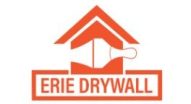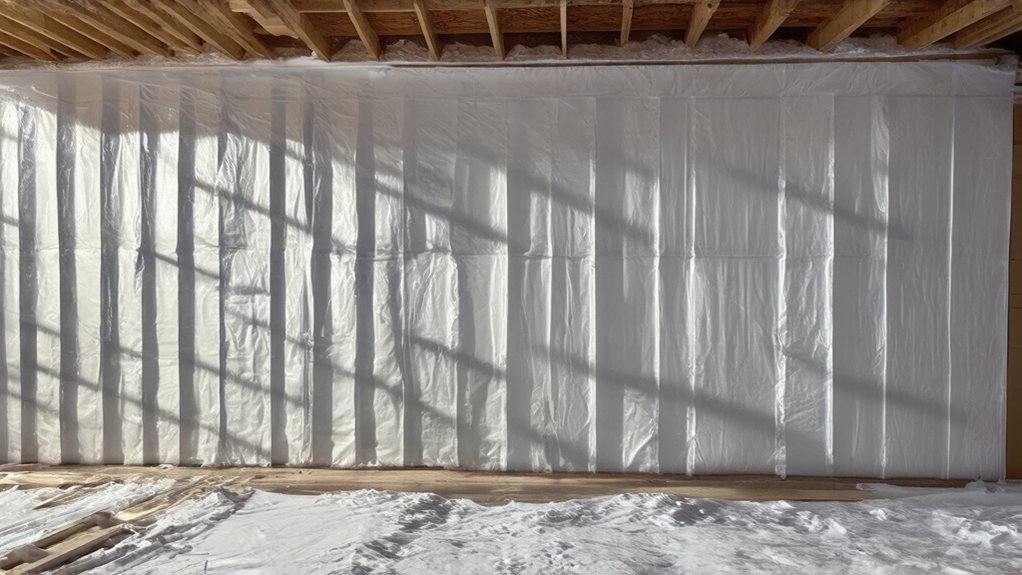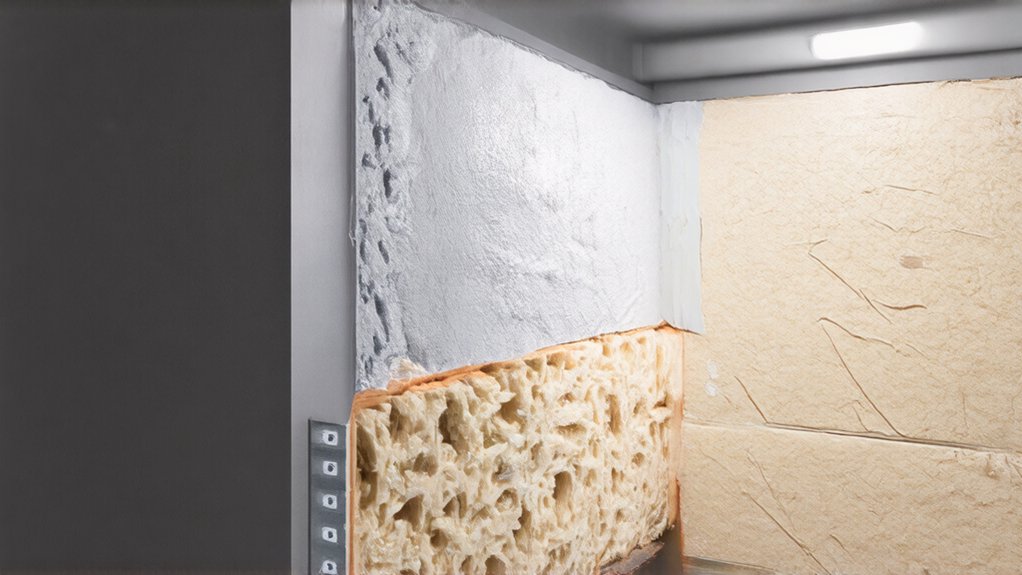Protecting your drywall from Erie's brutal winters requires strategic preparation. You'll want to focus on moisture control, using dehumidifiers and sealing potential wall cracks to prevent damage. Check for early signs of stress like hairline fractures near windows and invest in high-quality insulation with continuous vapor barriers. Your proactive approach can shield your home from temperature-driven structural vulnerabilities. Keep exploring, and you'll discover more ways to safeguard your property's interior surfaces.
Understanding Erie's Winter Climate Challenges
Erie's winters can quickly gang up on homeowners, bringing brutal cold and moisture that challenge even the most well-maintained properties. Temperature variations and freeze-thaw cycles can wreak havoc on your home's drywall, causing subtle but significant damage that accumulates over time. Residential drywall services can help homeowners proactively address potential winter-related structural vulnerabilities before they become major issues. You'll want to pay close attention to your walls, watching for early signs of stress like hairline cracks or slight bubbling. Protecting your investment means understanding how winter's harsh conditions impact your home's interior surfaces, and taking proactive steps to minimize potential structural vulnerabilities that could lead to costly repairs.
Identifying Common Drywall Vulnerabilities
Winter's unforgiving nature can expose multiple vulnerabilities in your home's drywall, making it essential to understand potential weak points before damage sets in. Recognizing these issues early can save you significant repair costs and stress. Professional drywall installation techniques can help mitigate these winter-related challenges by ensuring proper sealing and finishing.
Key drywall vulnerabilities include:
- Joint expansion during temperature fluctuations
- Surface imperfections from moisture exposure
- Cracks developing near window and door frames
- Insulation gaps causing thermal stress
Understanding these vulnerabilities helps you proactively protect your home's interior. By identifying potential problem areas, you'll be better equipped to address issues before Erie's harsh winter conditions cause extensive damage.
Essential Moisture Control Strategies
Protecting your drywall from moisture damage requires a strategic approach, especially in regions with challenging climates like Erie. You'll want to focus on airflow management and humidity regulation to prevent potential water-related issues.
Install proper ventilation in high-moisture areas like bathrooms and kitchens, and consider using dehumidifiers to maintain ideal indoor humidity levels. Seal any wall cracks or gaps that could allow moisture penetration, and use moisture-resistant drywall in particularly vulnerable spaces. By proactively managing your home's moisture, you'll safeguard your walls and create a more comfortable living environment during Erie's harsh winters.
Insulation and Vapor Barrier Techniques
When cold temperatures and moisture converge, proper insulation and vapor barrier techniques become critical for maintaining your home's structural integrity. You'll want to focus on all-encompassing air flow management to protect your drywall from Erie's harsh winter conditions.
Key strategies include:
- Installing high-quality insulation in wall cavities
- Implementing continuous vapor barriers
- Carrying out thorough structural integrity assessments
- Sealing potential air leakage points
Preventing and Addressing Drywall Damage
Drywall damage can quickly escalate from minor imperfections to significant structural concerns, especially in Erie's unforgiving climate. You'll want to proactively protect your walls using strategic exterior cladding materials and advanced crack prevention techniques.
Watch for early warning signs like hairline fractures, moisture spots, or subtle bulging that might indicate underlying issues. Regularly inspect your walls during seasonal changes, paying close attention to areas near windows and exterior corners where temperature fluctuations are most pronounced.
Professional Inspection and Maintenance Tips
Experts recommend scheduling annual professional inspections to safeguard your home's drywall integrity, especially in Erie's challenging climate. By investing in thorough assessments, you'll protect your property from potential winter-related damage.
Key professional maintenance tips include:
- Hiring skilled workmanship for detailed drywall evaluations
- Detecting early signs of moisture or structural weakness
- Addressing potential insulation and ventilation issues
- Implementing preventative repair strategies before severe weather hits
These proactive steps help you maintain a resilient home environment, ensuring your drywall remains sturdy and intact throughout Erie's demanding winter months. Trust professional know-how to preserve your home's comfort and structural integrity.
Long-Term Drywall Protection Measures
Building upon professional inspections, homeowners can take strategic steps to shield their drywall from Erie's harsh winter conditions.
You'll want to focus on controlling temperature fluctuations and managing humidity levels to prevent potential damage. Install programmable thermostats to maintain consistent indoor temperatures, reducing stress on your walls. Use dehumidifiers or humidity control systems to keep moisture at ideal levels, typically between 30-50%.
Seal any drafts around windows and doors, and consider adding extra insulation in key areas. These proactive measures will help protect your drywall from cracking, warping, and moisture-related issues during Erie's challenging winter months.
Frequently Asked Questions
How Quickly Can Drywall Damage Occur During Erie's Winter?
You'll notice drywall damage can happen rapidly during freeze-thaw cycles, with temperature fluctuations causing cracks and moisture intrusion within days or weeks. Don't let Erie's harsh winters catch you off guard—protect your home's vulnerable surfaces.
Will Homeowners Insurance Cover Drywall Damage From Winter Conditions?
You'll want to check your policy carefully, as coverage depends on the cause of damage. Proactive maintenance can protect your property value and reduce homeowner liability, ensuring you're not left with unexpected repair costs during Erie's challenging winters.
Can DIY Repairs Effectively Solve Winter-Related Drywall Moisture Problems?
You'll find DIY repairs can help, but they're most effective when you apply proper insulation techniques and carefully install moisture barriers. Complex moisture damage often requires professional assessment to prevent long-term structural issues.
What Are the First Signs of Winter Drywall Damage?
You'll notice subtle cracks, especially near windows and corners, indicating shrinkage concerns. Slight wall discoloration and bubbling paint can signal freeze-thaw cycles damaging your home's interior. Don't worry—early detection means you're protecting your living space effectively.
How Expensive Are Professional Drywall Repairs in Erie Winters?
Professional drywall repairs in Erie can cost $500-$1,500, depending on damage extent. You'll likely spend 1-3 days on repairs. Don't worry—local contractors understand our community's winter challenges and can help you protect your home's integrity.



